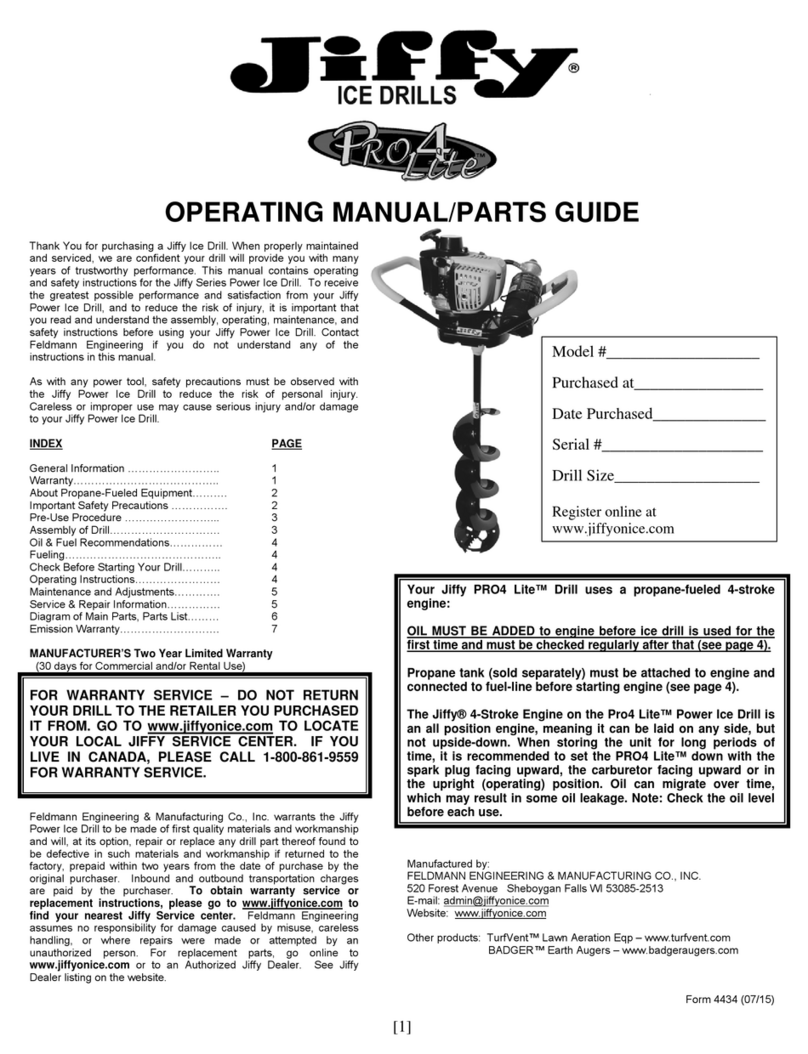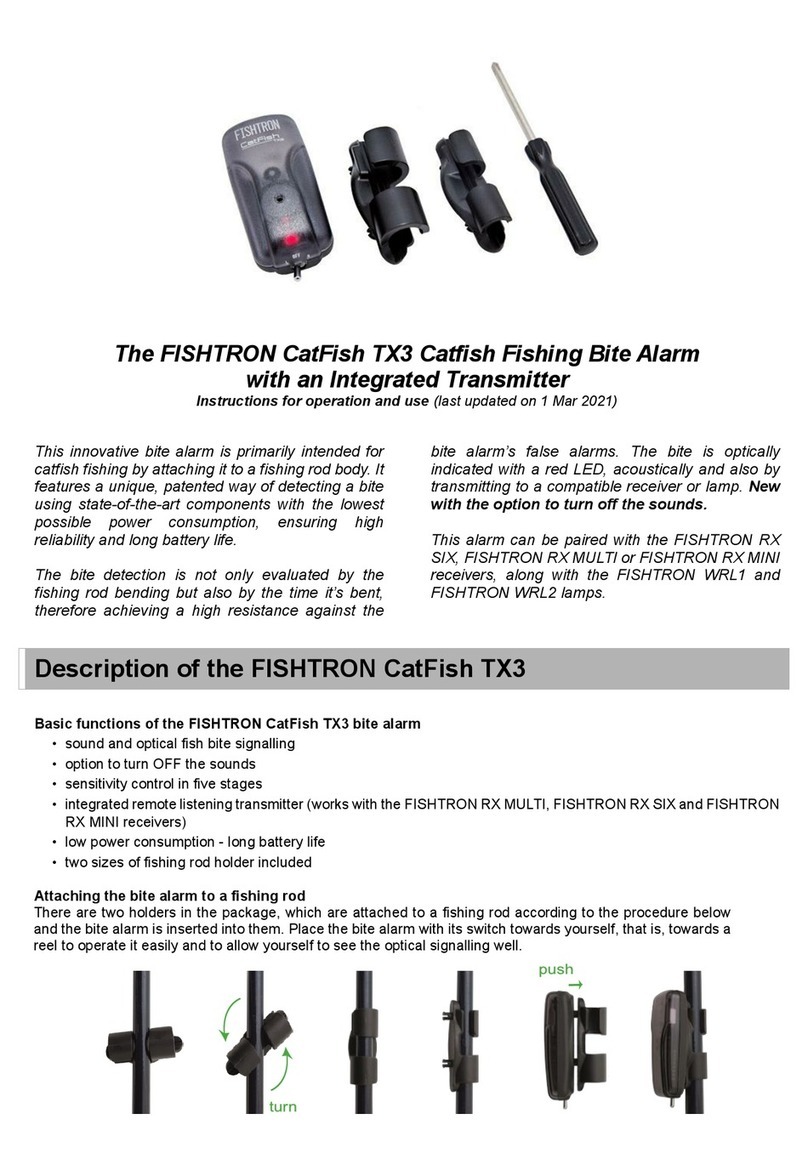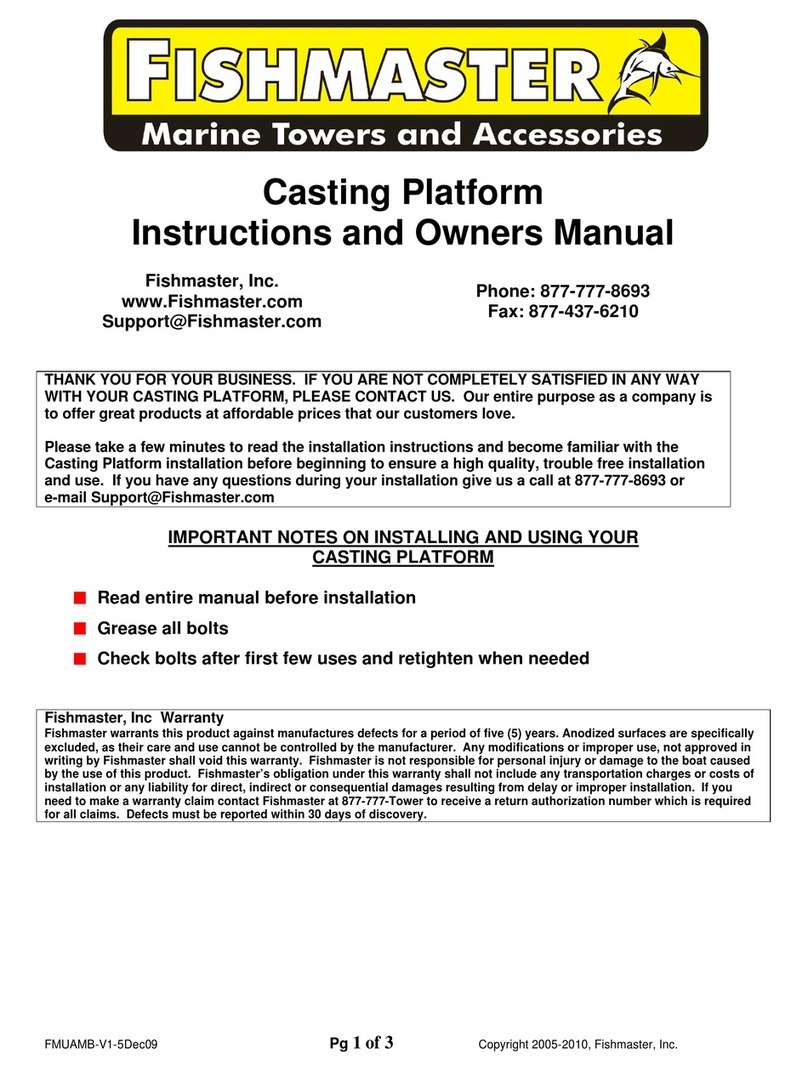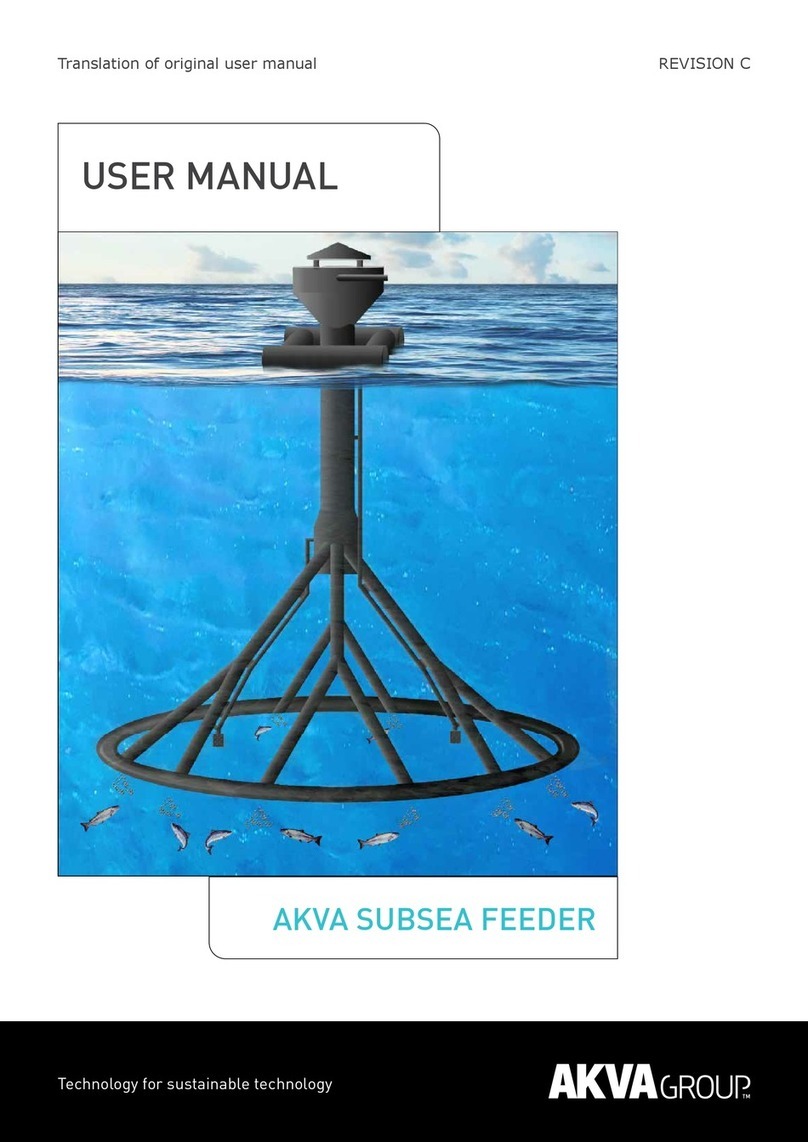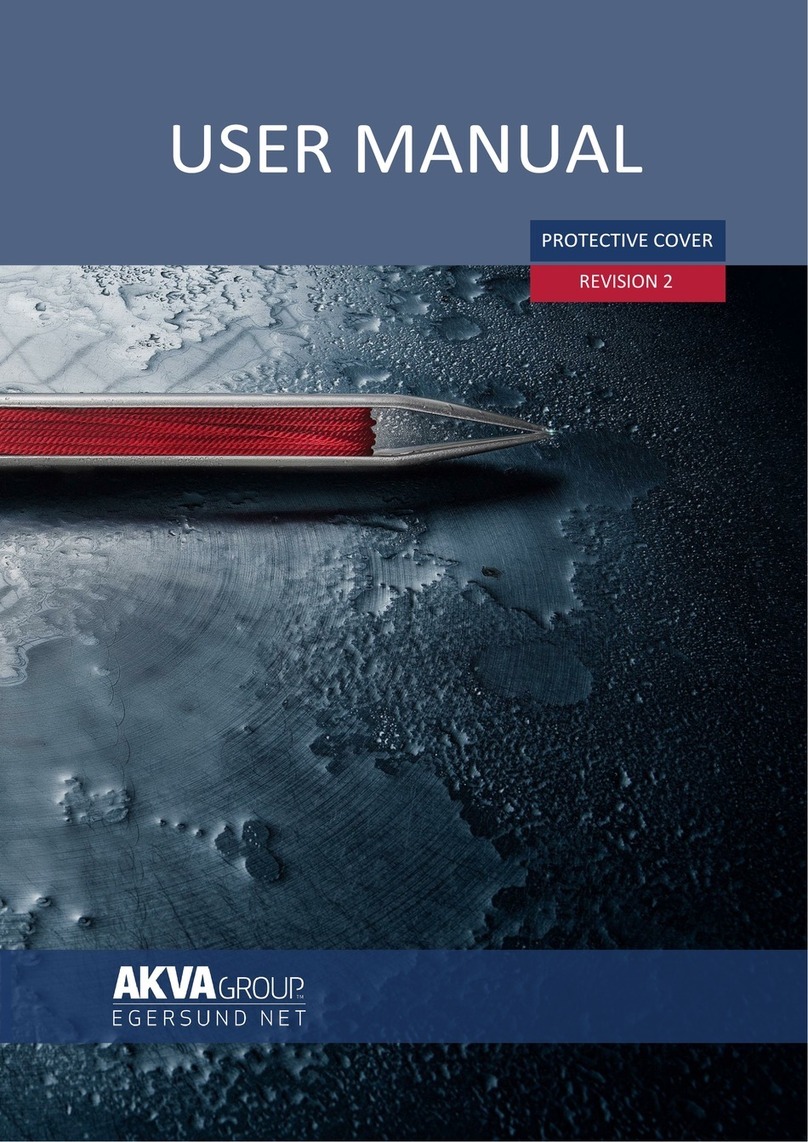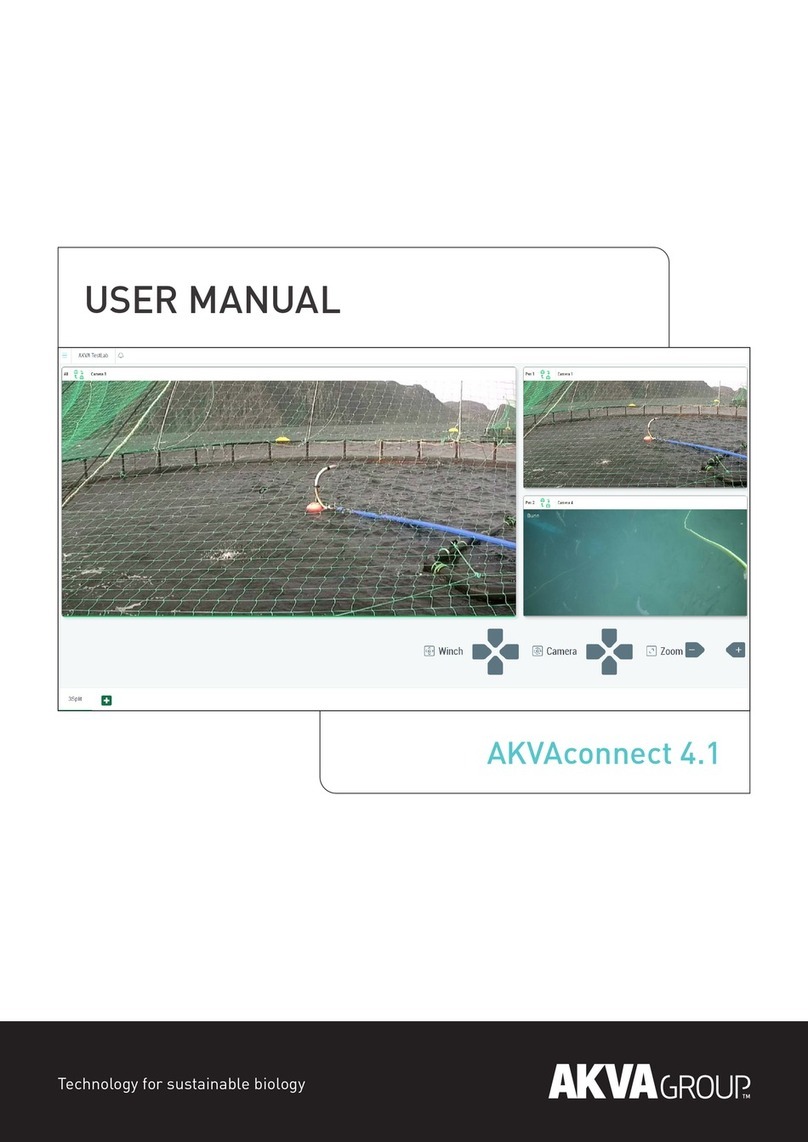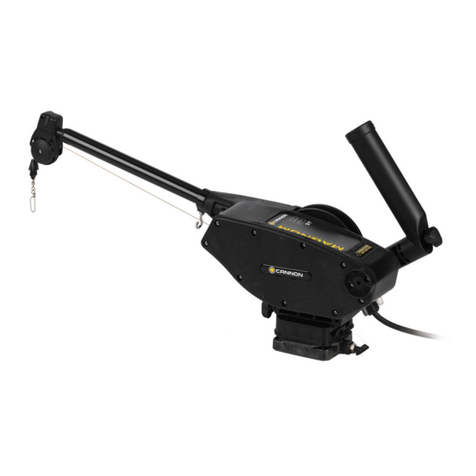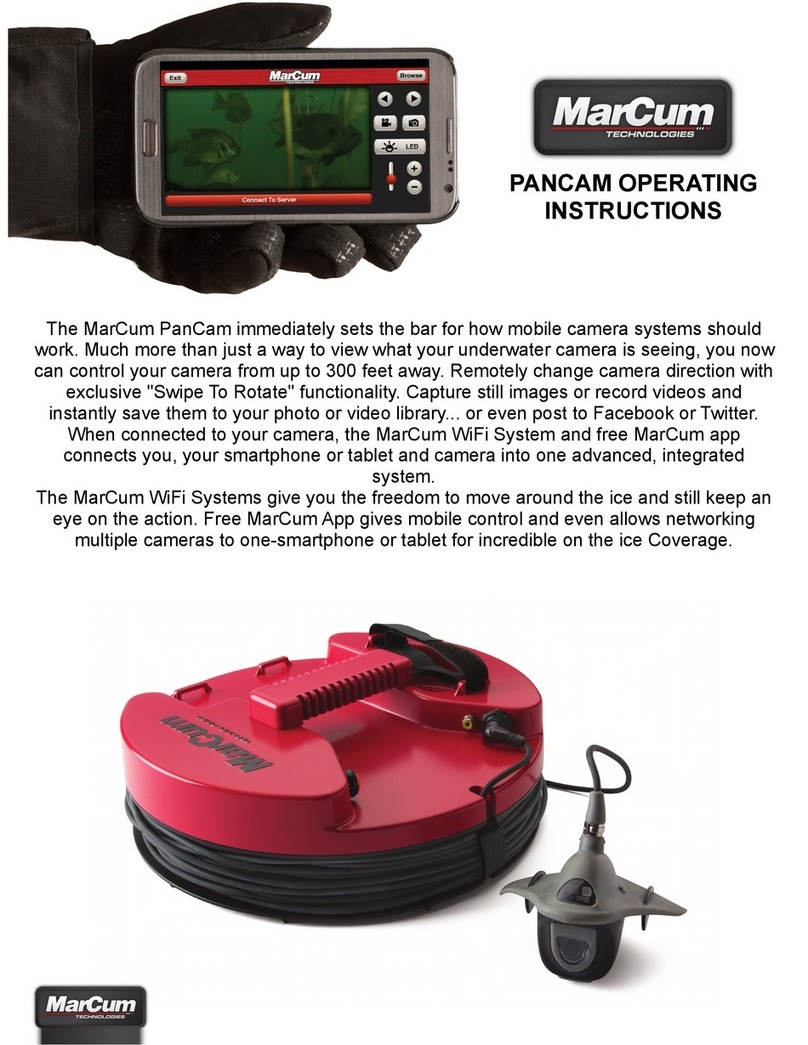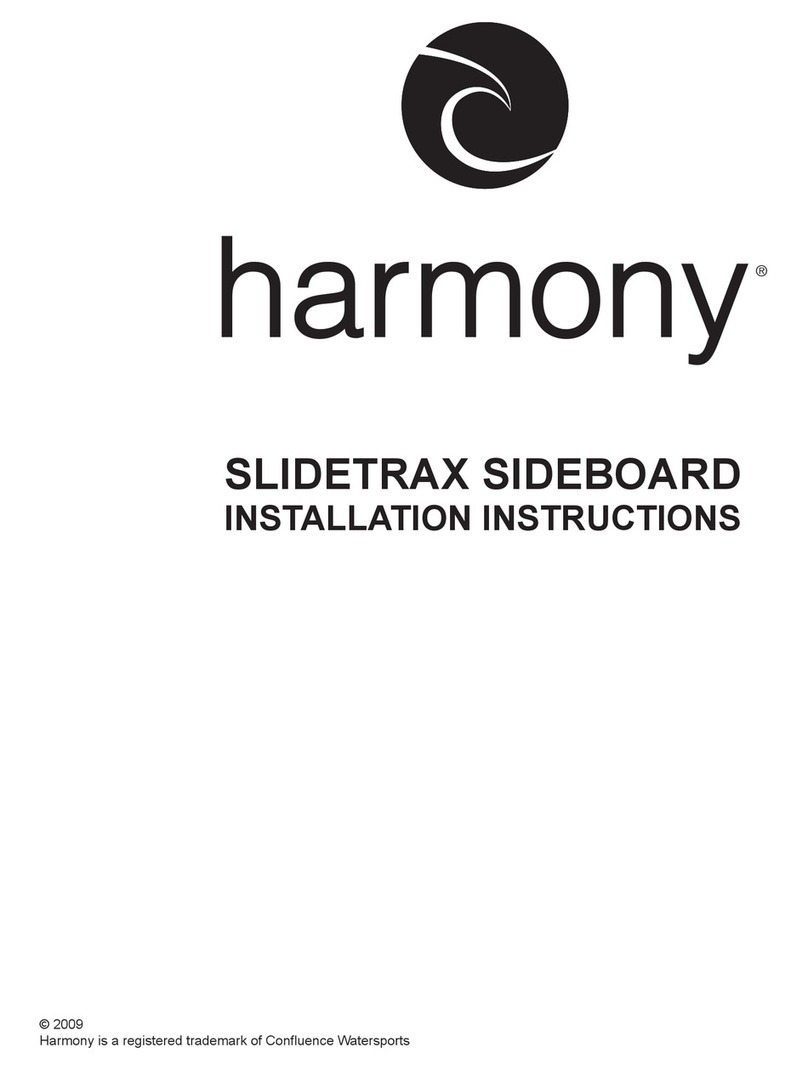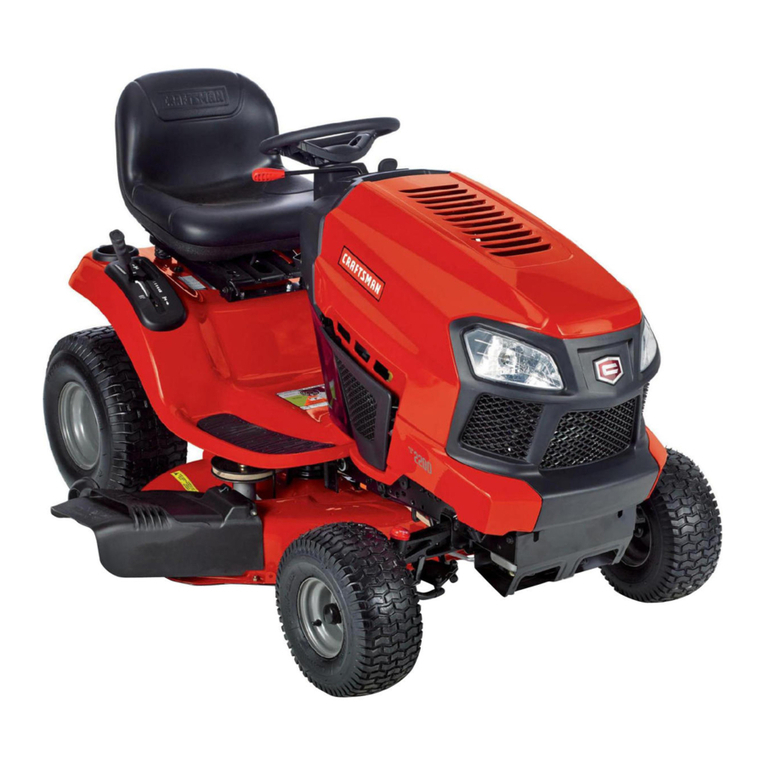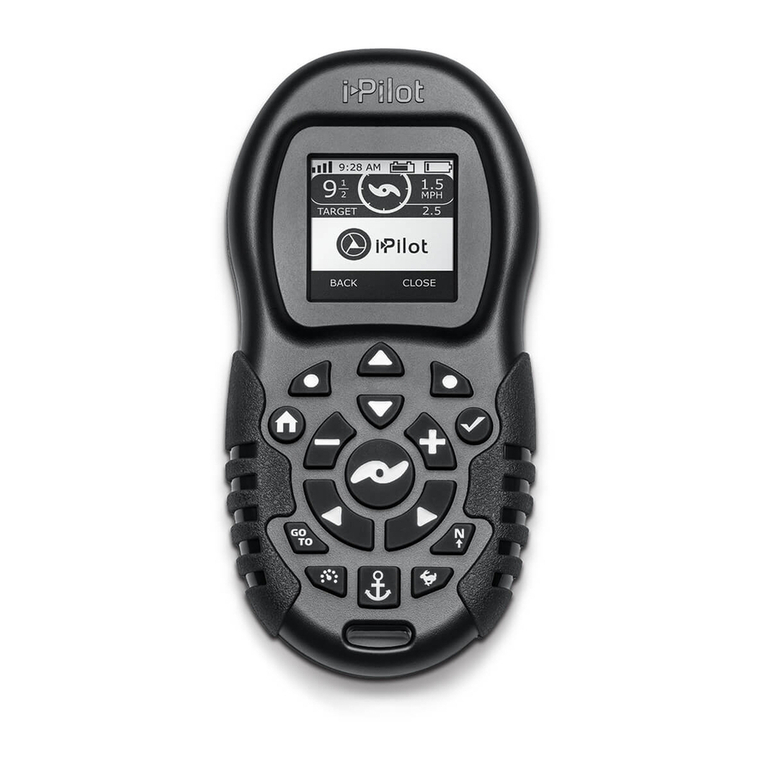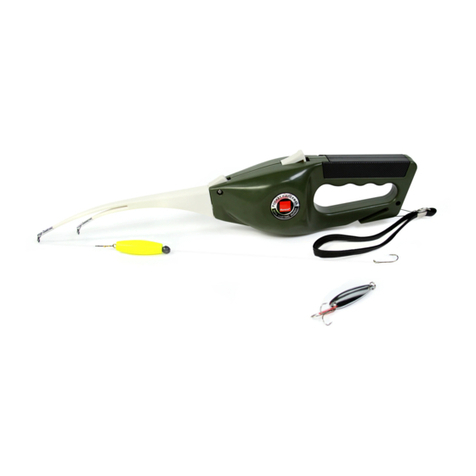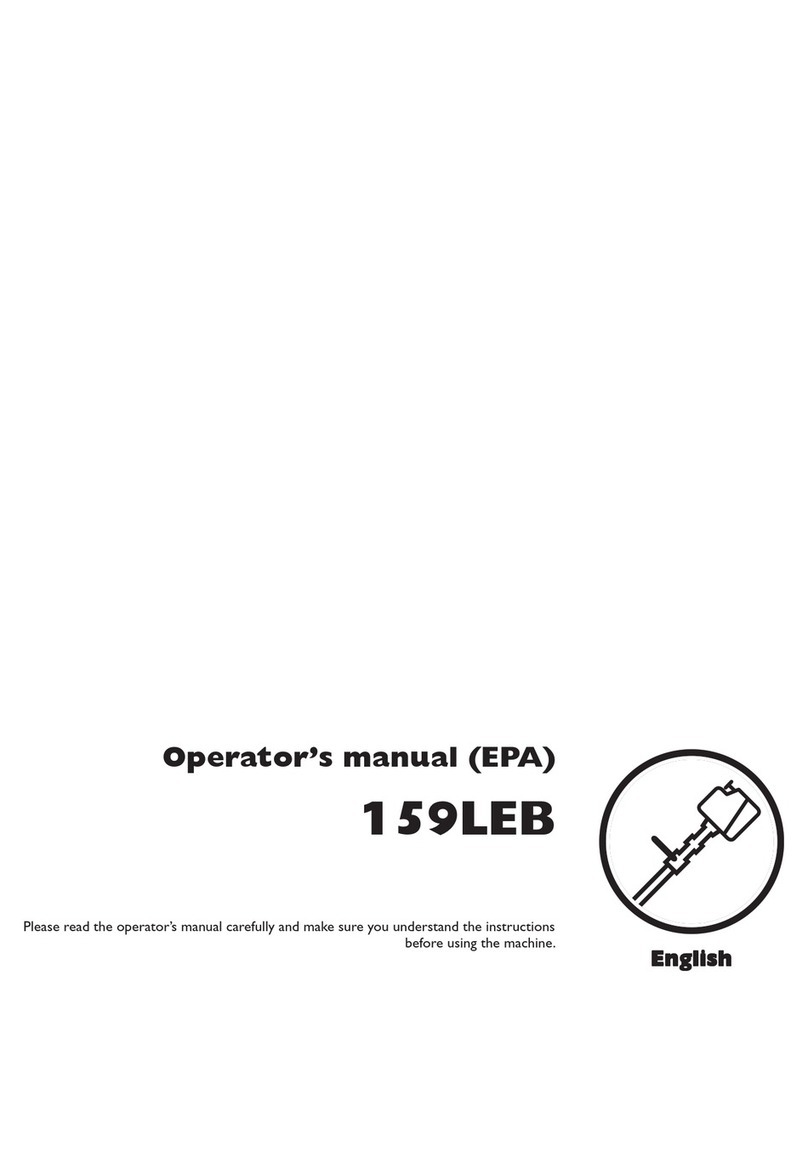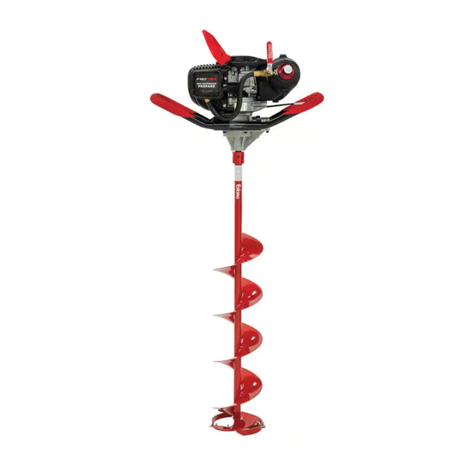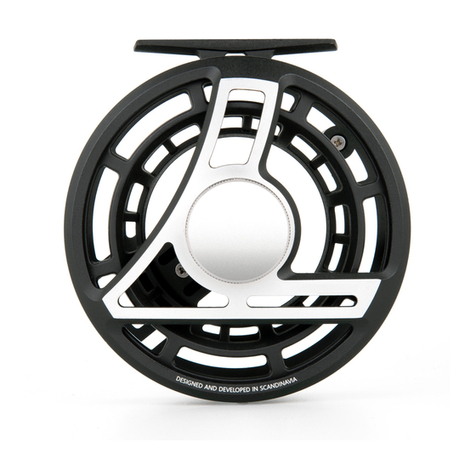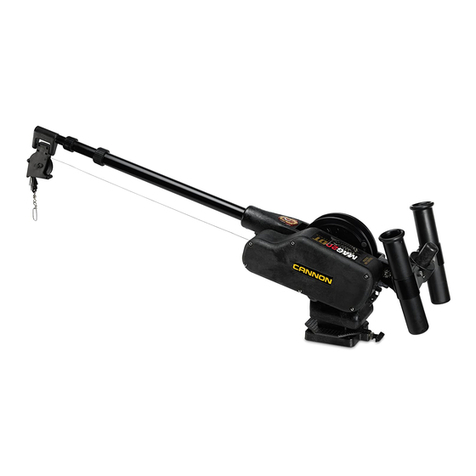When collecting fish, place the sweep net
around the floating collar, in a semicircle.
The sweep net should be arranged along
the railing on the floating collar. The
bottom is lowered down along the net
wall to get depth in the cast.
When removing small quantities of fish
(e.g. when sampling), the sweep net can
be used across just a small part of the
floating collar.
When lifting the sweep net, we
recommend using crane loops fitted
between floats along the top rope.
When starting to gather the sweep net,
start lifting the sides and bottom as well.
The extent to which the sweep net is
gathered determines how many
fish are captured in the cast.
The sides and bottom are hung over the railing so that the sweep net forms a “bag”.
This is done towards the side where the wellboat is positioned. In some cases, it is the
wellboat itself that does the job of pulling the sweep net towards the boat.
NOTE: Use caution during this part of the operation to prevent folds from forming in the
netting where fish could be crushed.
As the fish are pumped aboard the wellboat, start to reduce the volume of the sweep net
so that the remaining fish are brought closer together. This must be done as slowly as
possible to ensure that the fish have sufficient volume and oxygen. In some cases, the
oxygen level must be monitored (for example, during fish treatments) and extra oxygen
added if needed. Lift the bottom via rings/bridles using a crane (or manually if the sweep
net is not too heavy). Use the purse line that is on the outer edge of the sweep net.

